Set of 1 Sediment and 1 Activated Carbon Block Filters (10-inch)
$15.99 Original price was: $15.99.$14.95Current price is: $14.95.
Explore PortaWell’s carbon block filters. Optimal filtration for clean, refreshing water. Discover reliable, high-performance solutions.
Only 5 left in stock
Related Products
-
Set of 4 Sediment Filters (10-inch, 1 micron)
$15.99Original price was: $15.99.$12.95Current price is: $12.95. -
AquaCera CeraMetix Filter (10-inch, 0.5 micron)
$79.99Original price was: $79.99.$59.95Current price is: $59.95. -
Set of 4 Activated Carbon Block Filters (10-inch)
$67.96Original price was: $67.96.$44.95Current price is: $44.95. -
Activated Carbon Block Filter (10-inch, 5 micron)
$15.99Original price was: $15.99.$11.95Current price is: $11.95. -
Argonide NanoCeram® PAC Filter (10-inch, 0.2 micron)
$54.99Original price was: $54.99.$45.95Current price is: $45.95. -
AquaCera Imperial CeraSyl Ceramic Filter (10-inch, 0.5 micron)
$39.99Original price was: $39.99.$33.95Current price is: $33.95. -
Argonide NanoCeram® PAC Filter (5-inch, 0.2 micron)
$43.99Original price was: $43.99.$36.95Current price is: $36.95. -
AquaMetix Filter (10-inch, 5 micron)
$79.99Original price was: $79.99.$69.95Current price is: $69.95. -
Argonide NanoCeram® Filter (10-inch, 0.2 micron)
$52.99Original price was: $52.99.$43.95Current price is: $43.95.
Only 5 left in stock
Filter Performance Chart (Click Here)
Sediment Filter Characteristics
- Uses small pore size to remove/reduce silt, sand and other particulate.
- Sediment filter has a finite holding capacity and is based on the size of the filter and the concentration of particulates in the water. Water with high particulate concentration usually has high turbidity (cloudiness). When the sediment filter becomes saturated, the pressure may increase sufficient to cause the pump to shut off.
- Acts as a prefilter to reduce the particulate load on the sub-micron final filter.
-
Sediment filter should not be relied on to remove bacteria, viruses, or cysts.
Activated Carbon Filter Characteristics
- Uses adsorption to remove/reduce chlorine, chlorine by-products and carbon based volatile organic compounds (VOCs) including herbicides, pesticides, radon from water, unpleasant taste and odor.
- Activated carbon filter has a finite holding capacity and is based on the size of the filter and the concentration of contaminants in the water. When the activated carbon becomes saturated, contaminants can flow from the carbon back into the solution.
- Best practice to place the activated carbon filter down stream from the ceramic filter to prevent fouling of the carbon filter adsorption sites and prevent microbial contamination of the activated carbon.
- Activated carbon filter should be removed from housing and allowed to dry between uses if longer than 72 hours. The first several gallons of water pumped should be discarded upon initial and reuse of the filter.
-
Activated carbon filter should not be relied on to remove bacteria, viruses, or cysts.
Shipping & Warranty
- Available in U.S.
- 30-Day returns on unused and unopened filters
Additional information
| Weight | 1.4 lbs |
|---|---|
| Dimensions | 12 × 6 × 3 in |

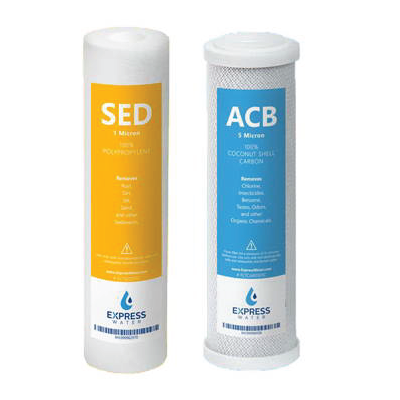
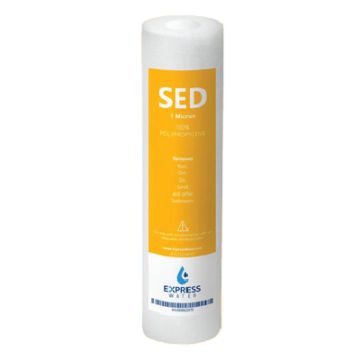
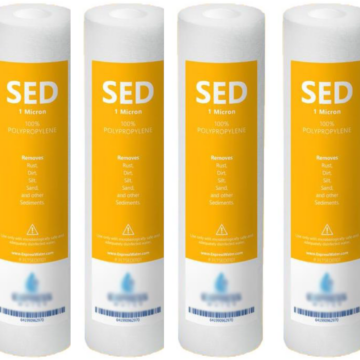
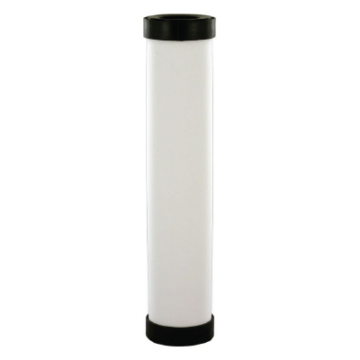
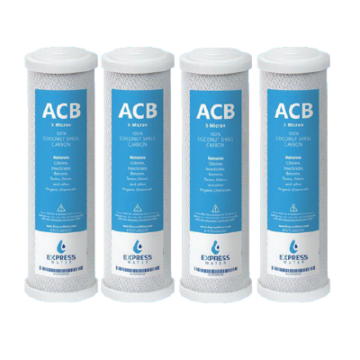
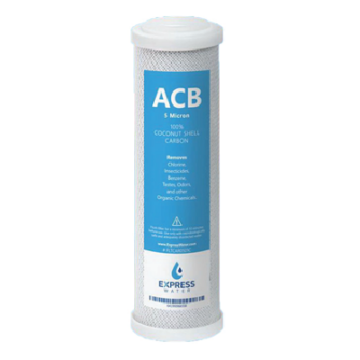
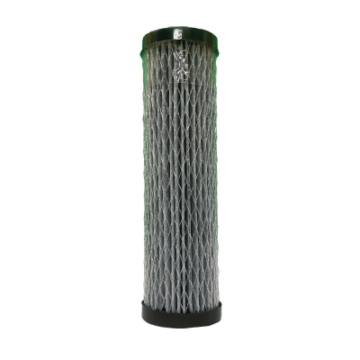
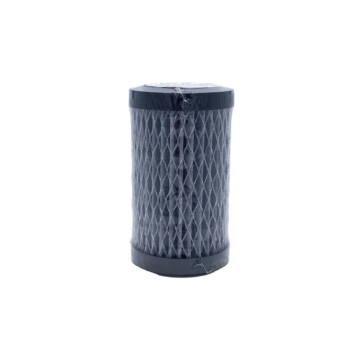
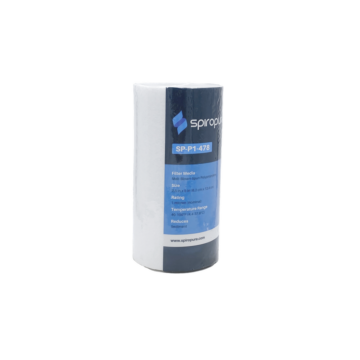
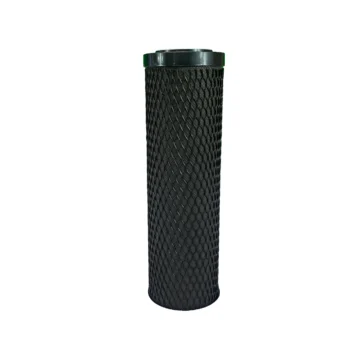
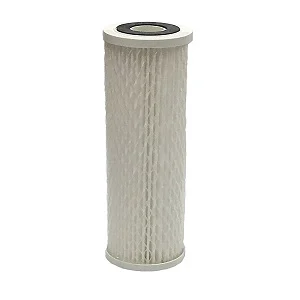

Reviews
There are no reviews yet.
Only logged in customers who have purchased this product may leave a review.